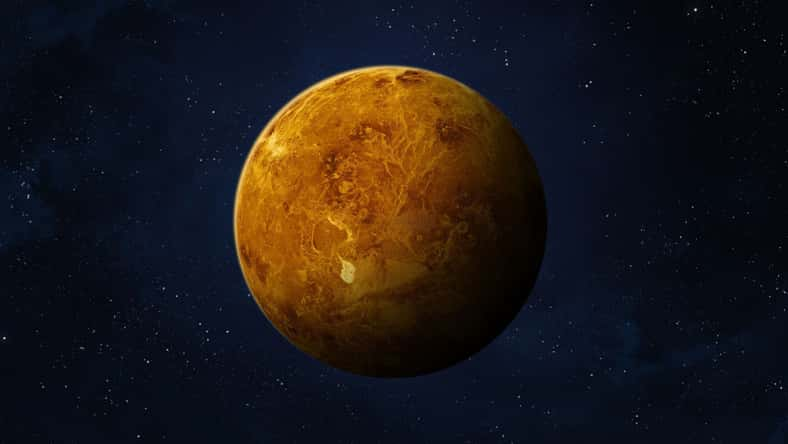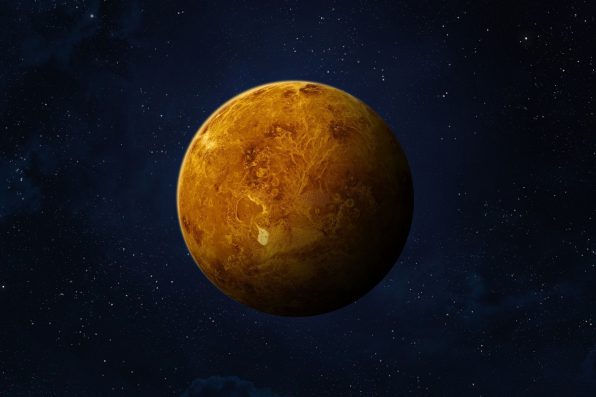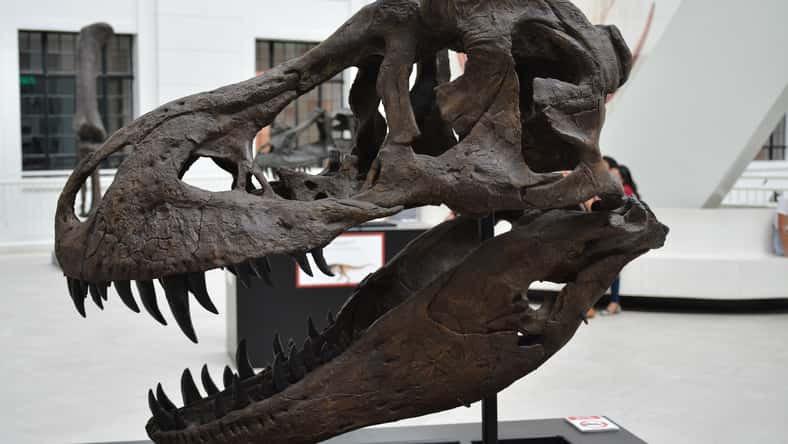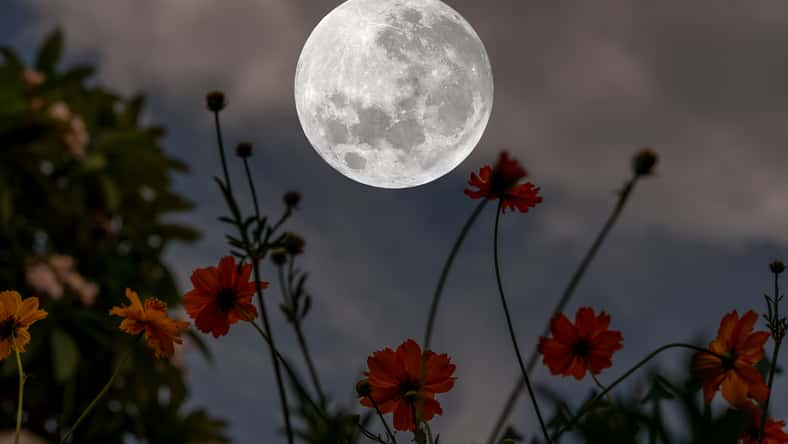
Four years ago, the presence of a gas called phosphine was discovered in the clouds of Venus, signifying the possibility of life on the planet. The finding sparked a lot of controversy and was unable to be confirmed by subsequent observations.
Now, the scientists who made that discovery have found more evidence of gas molecules on Venus, our closest planetary neighbor. The planet is similar to Earth in size and atmosphere but has clouds of sulfuric acid and extreme surface temperatures that can melt lead.
Researchers in England revealed that powerful space telescopes spotted new signs of phosphine gas in Venus’ atmosphere. A new receiver had been installed on the James Clerk Maxwell Telescope in Hawaii, giving the scientists more confidence in their findings.
Another gas, ammonia, was identified as well. The observations were presented at a Royal Astronomical Society meeting in Hull, England.
“We’re a long way from saying this, but if there’s life on Venus producing phosphine, we have no idea why it’s producing it. However, if there is life on Venus producing ammonia, we do have an idea why it might be wanting to breathe ammonia,” said Dave Clements, the project’s lead researcher.
On Earth, phosphine is a foul-smelling gas that comes from decaying organic material or bacteria. According to Clements, no other natural chemical process on Venus could’ve produced the gas.
Ammonia is a gas with a pungent odor that occurs naturally on Earth. It is also primarily produced by bacteria at the end of the decomposition process of animal and plant waste.
Phosphine has been detected in Saturn’s atmosphere before, but that isn’t surprising because Saturn is a gas giant with a lot of hydrogen in its atmosphere. This means that any hydrogen-based compounds, such as phosphine and ammonia, are not in short supply there.
Planets like Earth, Venus, and Mars have atmospheres where oxygen is mainly present. When these planets formed, they didn’t have enough mass to trap in hydrogen, so it ended up escaping. That’s why finding ammonia and phosphine on Venus is unexpected.

Ammonia was detected in the clouds on Venus. The clouds are made of droplets of sulfuric acid, which is a substance that can be deadly to humans if exposed to high levels of it. The substance is not known to be compatible with any life on Earth, even bacteria that can survive in extremely acidic conditions.
When ammonia is inside these droplets of acid, it can reduce acidity levels, making them low enough for some earthly bacteria to be able to survive in it. However, the scientists still can’t say for certain that there is life on Venus.
Clements emphasized that his team’s recent discovery was just a stepping stone to finding out if life exists on Venus. Further research is needed to confirm the findings.
Sign up for Chip Chick’s newsletter and get stories like this delivered to your inbox.












